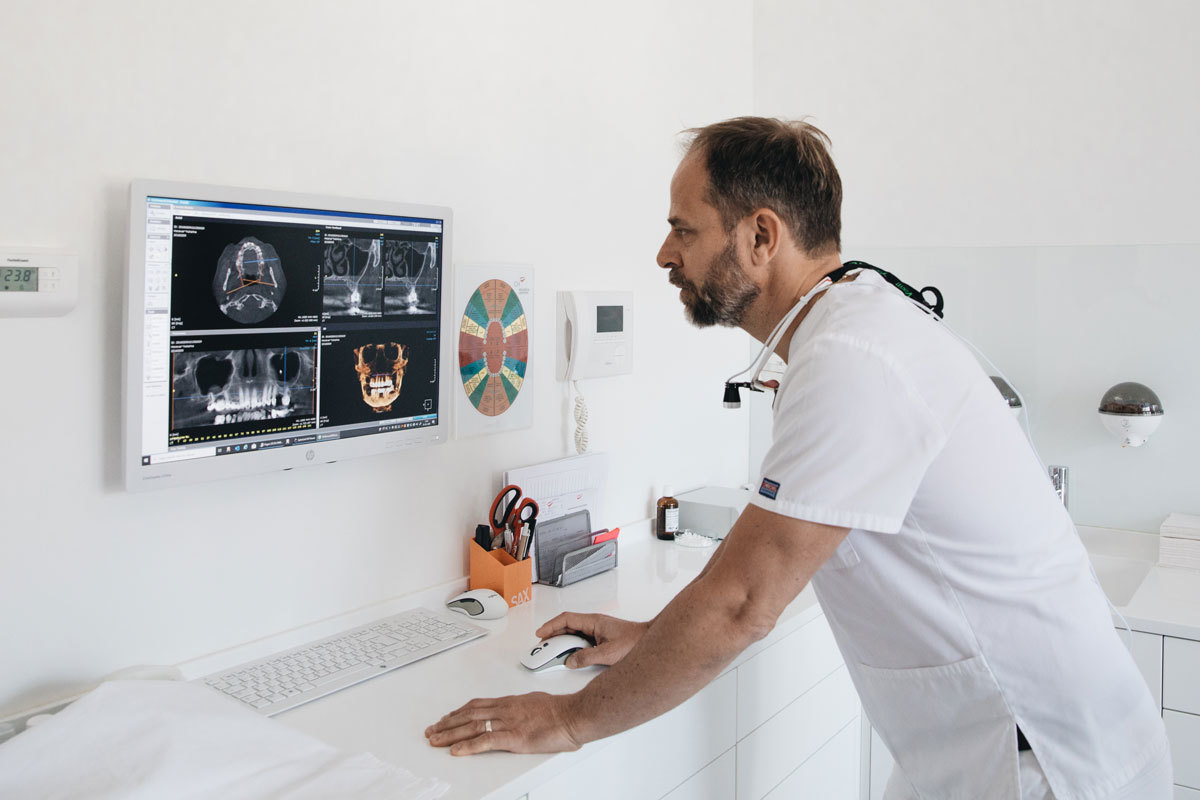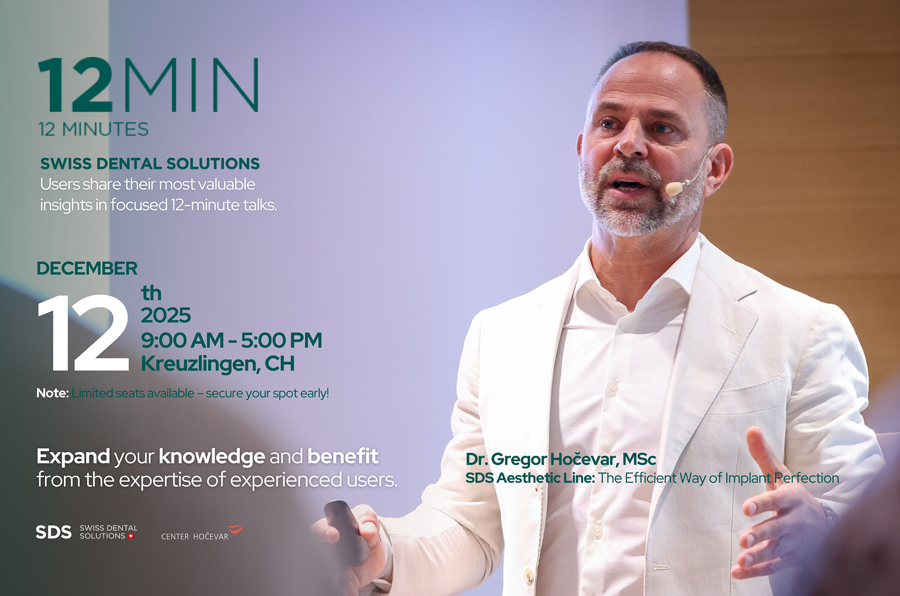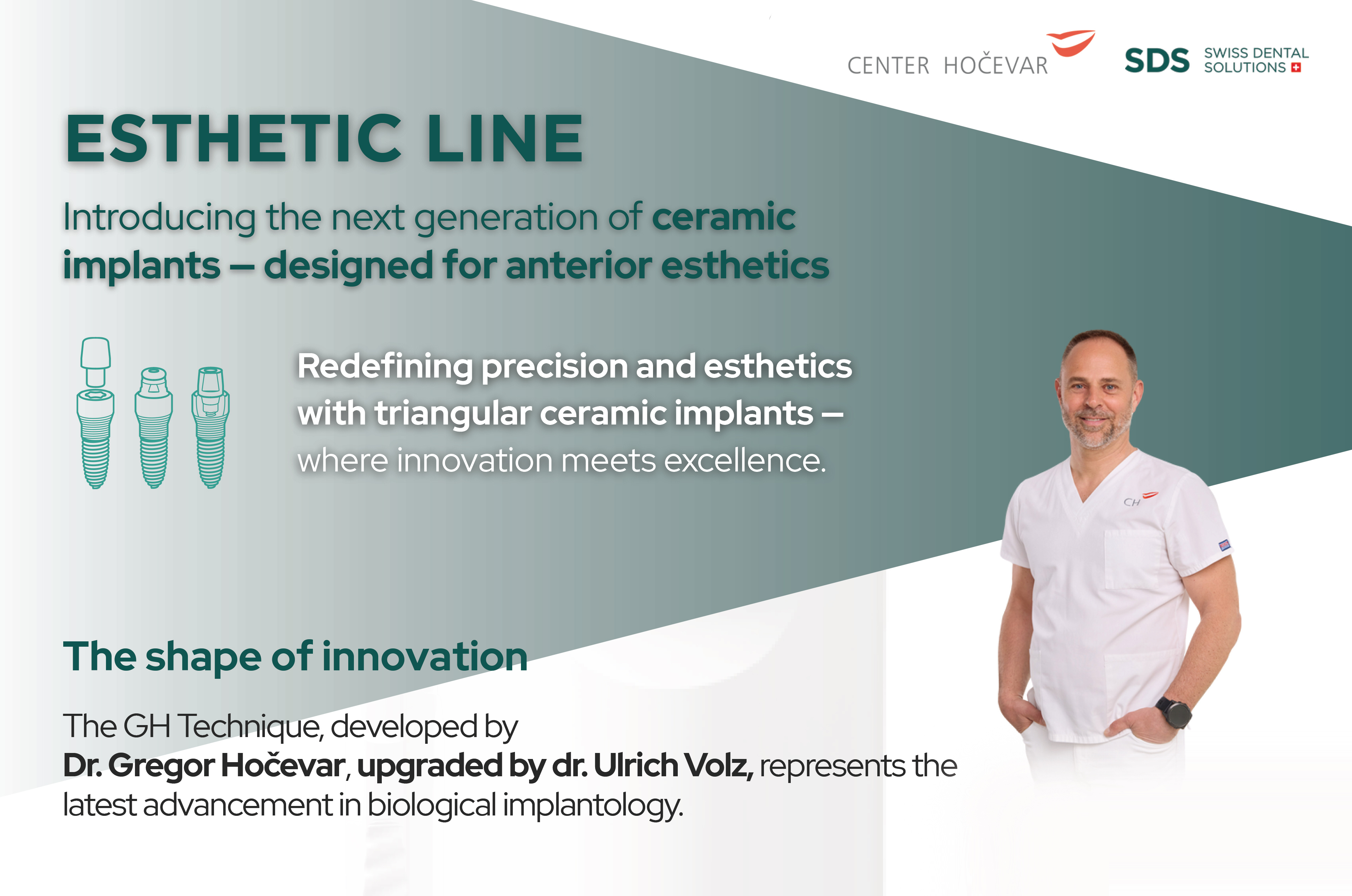Introduction
There are many documented causes of chronic stress. Their origins are very diverse and their effects on someone physiology and psychological states can be quite devastating. Chronic stress often leads to chronic inflammatory states, which eventually lead to chronic diseases, as the body is in a constant state of alert and immune functions decrease. The elimination of these causes tend to result in improved overall health. Yet, at times the trigger for chronic inflammation may be difficult to identify.
In this article, we will explore an often-missed origin of physiological stress due to inflammations next to root-treated teeth.
Root cause
Since decades, the incidence of chronic inflammatory diseases and so-called autoimmune diseases has been significantly increasing in all developed countries – in many cases, the cause is unclear.
Doctors and dentists who act holistically, comprehensively, experience clear improvements if inflamed root-treated teeth and other interference zones in the oral cavity are removed and if the immune system is strengthened.
Is the mouth really reflecting general health? Where does this relation come from? The answer is easy: inflammations involve pathogenic bacteria and highly toxic bacterial metabolites.
Root-treated tooth and areas in the jaw where an inflamed tooth has been extracted are referred to as “cavitations”. The official diagnosis of cavitation is avascular necrosis or aseptic necrosis of bone. Bacteria reside in these cavitations in the jaw and can cause chronic inflammations that can lead to systemic disease.
Root-treated teeth are dead teeth. Even the most perfect micro-endodontic treatment will not be able to realize a perfectly bacteria-proof sealing of the treated root. Some untreated accessory side canals and the endo-paro connection through dentinal tubules will always remain. Dentinal tubules are the means by which the pulp forming the core of the tooth and the external environment (oral cavity) communicate. They extend radially from the pulp to the junctions with the enamel covering the crown and the cementum surrounding the root. Through these tubules, external agents can damage the pulp and subsequently the periodontal ligament attaching the tooth to the alveolar bone within which it sits and the surrounding tissues.
In a healthy, vital tooth, dentinal tubes are filled with dentinal fluid, which protects the tooth against bacterial penetrations. In the case of an unhealthy, root-treated tooth, however, this fluid is absent, and the dentinal tubules become empty, allowing bacteria to enter the tooth from the environment. These multiply freely in narrow tubules and turn into toxic anaerobes, while our protective cells (macrophages) are too large to enter the tubules after them to destroy them.
The tooth is an organ with its own nerve, lymph and blood supply, and remains as a dead stump in the oral cavity after a root canal. The tooth and its porous root surface (dentinal tubules) will be populated by various, partly unknown species of anaerobic, pathogenic bacteria, which degrade remaining organic tissue and secrete harmful metabolic products (toxins).
Toxins
From the amino acids cysteine and methionine, the pathogenic bacteria produce anaerobic metabolites, which are highly toxic, and potentially cancer-causing hydrogen sulphides (thioether/mercaptan). By irreversible inhibition of the active function of many endogenous vital enzymes, these toxins can become the cause of varied systemic and organic diseases. The inhibition of important enzymes of the respiratory chain of mitochondria has been proved in vitro. Every chewing process releases these bacteria and, above all, their toxins into the lymphatic system of the surrounding tissue. From here, they reach the bloodstream (focal infection) and the entire organism. In a study by Siqueira et al., microorganisms were detected in all endodontically treated teeth with apical inflammation, suggesting a chronic infection.
Richardson et al. identified 75 different bacterial strains in root-treated teeth with apical ostitis, a chronic inflammatory lesion around the apex of a tooth root.
These bacteria can be found particularly often in and around dead teeth:
- enterococcus faecalis,
- capnocytophaga ochracea,
- fusobacterium nucleatum,
- leptotrichia buccalis,
- gemella morbillorum and
- porphyromonas gingivalis.
These bacteria affect the bony tissues around the root and also have a systemic impact on the body: four of these above-mentioned species affect the heart, three the nervous system, two kidneys and brain, one the maxillary sinus.
The vital, healthy pulp (as part of the immune system) plays a crucial role in the defence against these bacteria. Often a chronic infection originating from a bacterial colonisation of the pulp leads to a chronic inflammation of the surrounding bone and permanent activation of the immune system. Macrophages activated by a non-specific immune reaction release so called inflammatory mediators (TNF-alpha, IL-1, growth factors, prostaglandin (PGE2) and leukotriene), which circulate in the bloodstream. These inflammatory mediators favour the development or deterioration of chronic inflammations and autoimmune diseases. In addition, TNF-betaproducing T-lymphocytes are stimulated. TNF-beta is suspected of promoting chronic diseases, as well as cancer. It is proven that TNF-beta increases the risk of post-menopausal breast cancer.
T. Rau at the Swiss Paracelsus clinic was able to demonstrate a clear correlation between breast cancer and teeth. He found that more than 95% of his breast cancer patients had root-treated teeth in one or several teeth of the stomach meridian, in contrast to 35% of healthy patients.
A study published in the International Endodontic Journal in 2016 suggests the number of teeth with apical periodontitis and/or root-canal treatment (the total sum of which equals endodontic burden) in mid-life was an independent predictor of cardiovascular events among community-dwelling participants in the Baltimore Longitudinal Study of Ageing. It indicates that untreated abscessed teeth do contribute to increased risk of cardiovascular disease. Therefore, there is a potential risk reduction of cardiovascular disease with the treatment of apical periodontitis.
As shown in the documentary Root Cause (2018) by Australian filmmaker Frazer Bailey, root-treated teeth can also be the cause of chronic fatigue and depression and have a systemic impact on the body.
Conclusion
Physiological stress induced by root-treated teeth may play a key role in many pathologies around the body, including chronic fatigue and depression. The link between these local inflammatory processes and a dysregulation of the neuroendocrine immune functions is not fully understood. Yet, circumstantial evidence from many holistic dentists shows that a link may clearly exist. When root-treated teeth are removed and cavitations are cleared of any pathogens, some chronic conditions may dramatically improve or may even fully disappear.



















